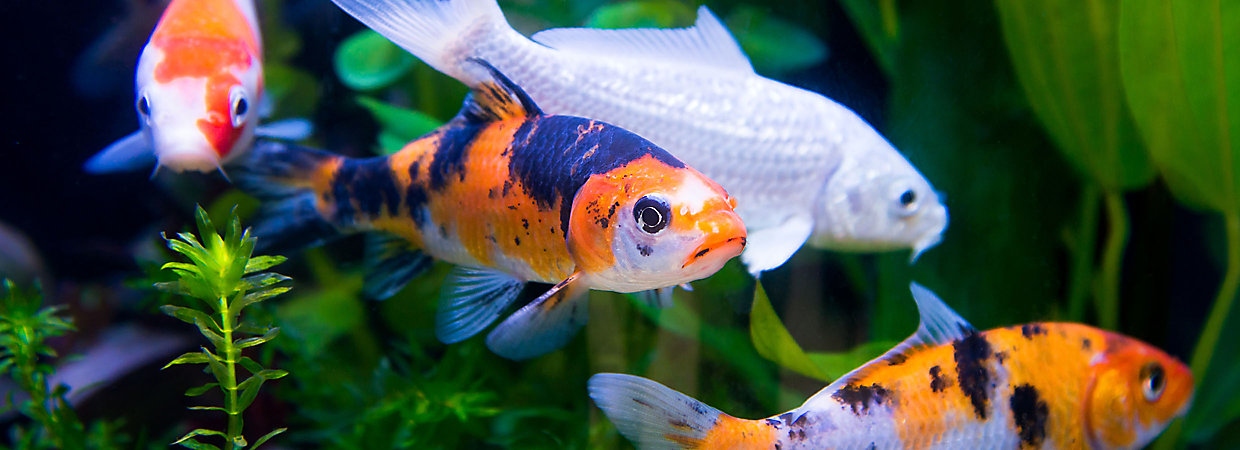
Koi Pond Tips and Tricks: Creating a Serene and Beautiful Water Garden
Koi ponds are a stunning feature in any garden, creating a serene and beautiful water garden for you to relax and enjoy. Looking after your koi pond can be a challenge, but with these tips and tricks, you’ll have a thriving and healthy ecosystem in no time.
1. Choosing the Right Location
The location of your koi pond is critical to its success. Ideally, you should choose an area that receives partial shade, as too much sunlight can cause algae growth which can make the water toxic for your fish. Additionally, avoid placing the pond near trees as falling leaves can clog the filter and pollute the water. Finally, make sure the pond is level and away from any drainage areas to prevent flooding.
2. Picking the Right Size and Shape
Choosing the right size and shape for your koi pond is vital. A deeper pond with a depth of at least three feet is ideal as it allows the fish to swim and play without feeling cramped. Additionally, the shape of your pond can be an essential factor in its overall appearance. Irregularly shaped ponds with deeper areas and shallow areas add depth and character to your water garden.
3. Installing a Quality Filtration System
Investing in a quality filtration system is essential for maintaining a healthy ecosystem in your koi pond. Look for a filter that can accommodate the size of your pond and has a mechanical and biological filtration system. Additionally, a UV clarifier can help keep the water clear and clean.
4. Creating a Balance with Aquatic Plants
Aquatic plants are not only visually pleasing but also serve a vital role in maintaining water quality by absorbing nutrients that algae feed on and providing shelter for fish. However, too many plants can deprive the fish of oxygen, so it’s essential to find the right balance. A good rule of thumb is to aim for 60% of the surface area covered with plants.
5. Feeding Your Koi
Feeding your koi the right diet is crucial for keeping them healthy and happy. Opt for a high-quality koi food that has a balanced nutritional profile, and avoid overfeeding, which can lead to water quality problems.
6. Maintaining Water Quality
Maintaining water quality is the most crucial aspect of looking after your koi pond. Test the water regularly, and make sure the levels of ammonia, nitrite, and nitrate are within the appropriate range. If levels are too high, perform a water change to dilute the toxins. Finally, clean the filters regularly to keep them functioning correctly.
7. Winterizing Your Koi Pond
Winterizing your koi pond is essential for protecting your fish and plants during the colder months. Add a net over the pond to catch falling leaves, and cut back any plants to prevent rotting. Additionally, install an aerator to keep the water oxygenated, and invest in a pond heater to prevent the water from freezing.
Conclusion
With the right approach, looking after your koi pond can be a rewarding experience. Creating a healthy ecosystem for your fish and plants requires a balance of factors such as location, size, filtration, and water quality. By following these tips and tricks, you’ll have a stunning water garden that adds tranquillity and beauty to your home.